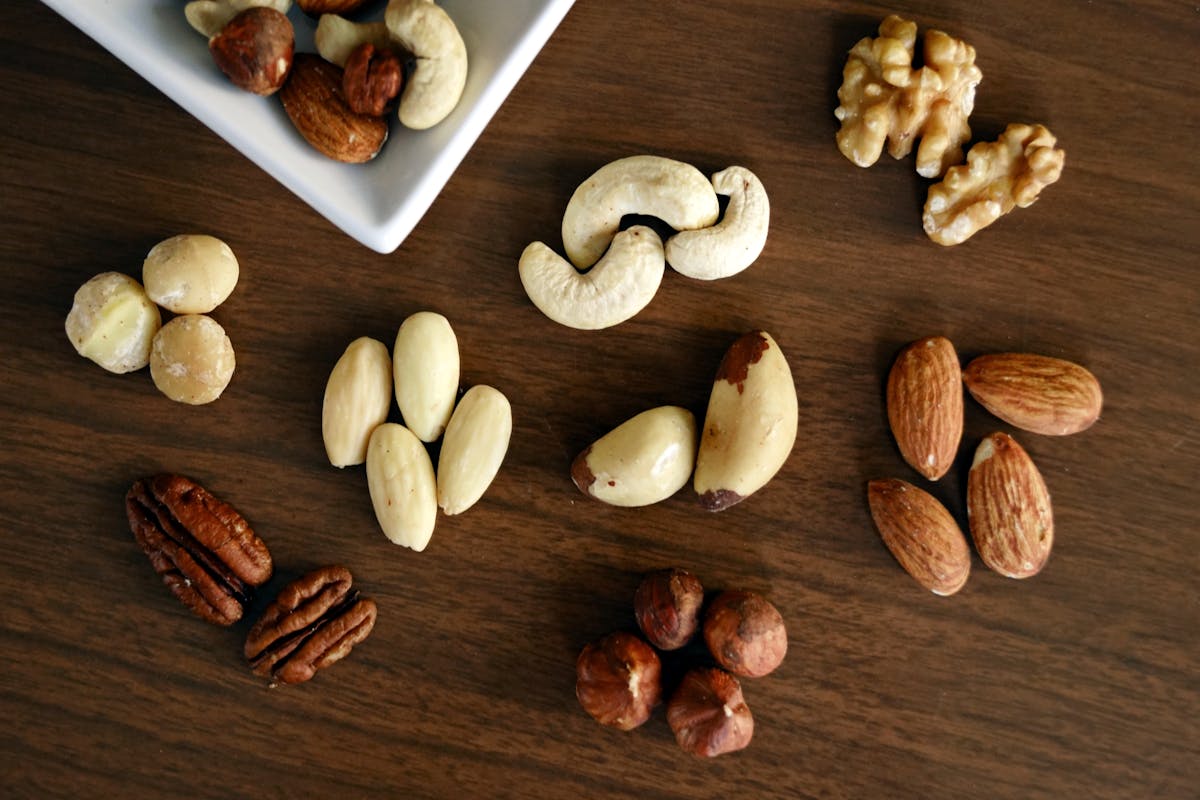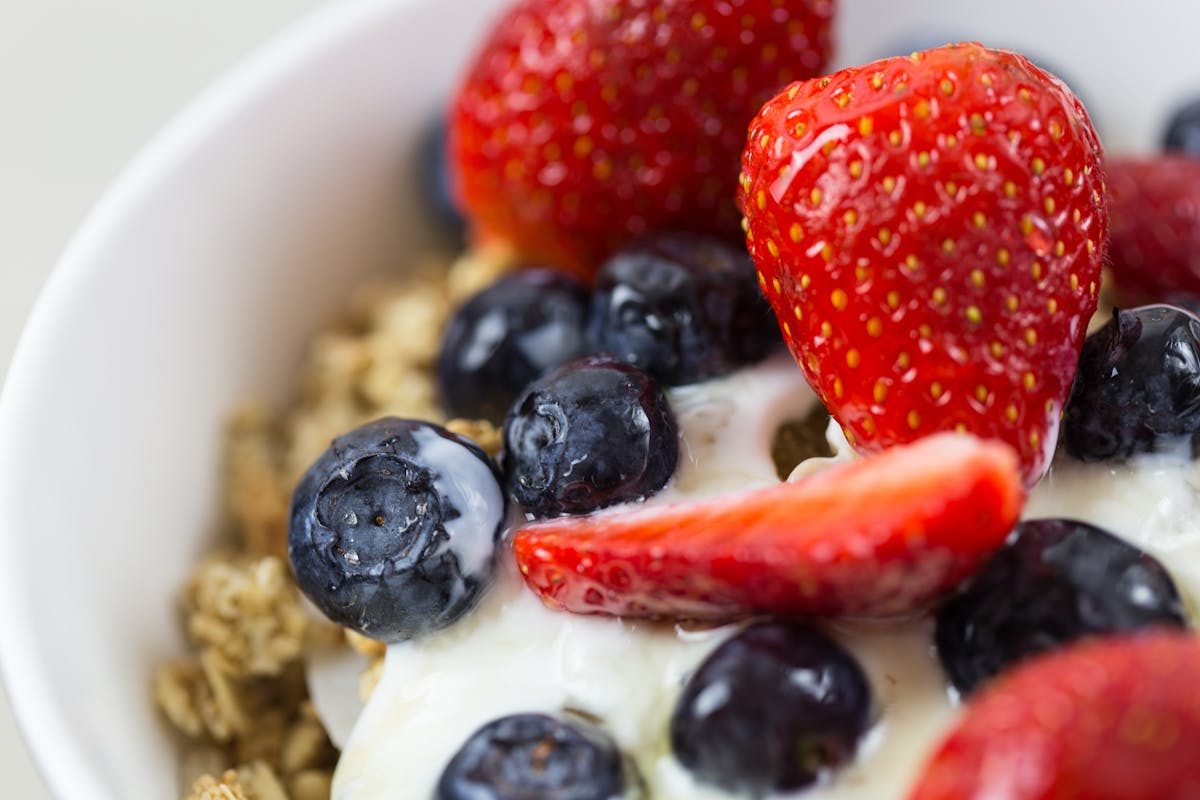They are a classic on party tables, from appetizers to dessert. But nuts should be consumed all year round. Find out why.
Nuts and oilseeds are often forgotten in our daily diet, in favor of easy-to-consume mixed foods or snacks. However, their small size and the fact that they are seeds make them a concentrate of nutrients with several health benefits and great versatility. And their low water content – as in raisins, apricots and other dried fruits – allows them to last longer, making them a food that can and should be consumed all year round.
What are dried fruits?
The term nuts is mainly due to the fact that foods such as walnuts or almonds naturally have a low water content, and only undergo a quick external drying process before being stored or shelled. Nuts are seeds – usually just one – enclosed in a hard shell, which may or may not have another soft outer shell that is more perishable.
Dehydrated (or dried) fruits come from foods that are eaten fresh, such as grapes and plums, and can be left to dry in the air. Thanks to this ancient technique, the surplus was not wasted and could be consumed in autumn and winter, until new harvests began in spring. The ease of preservation means that nowadays it is easy to have access to dried or dehydrated fruits, as well as fresh fruit, in all seasons.
Both dehydrated and dried fruits are extremely versatile and can be consumed raw, but also chopped, crushed, crushed or just added whole to salads, soups, meat and fish courses, sweets and desserts, cakes or breads. Due to this, it is simple to add dried fruits to your diet, and they are also healthy as a mid-morning or mid-afternoon snack – a blend of dehydrated and dried fruits, for instance, prevents you from consuming processed and unhealthy foods during these snacks.
What are the main dried and dehydrated fruits?
From those species that have existed in Europe for thousands of years, like hazelnuts and walnuts, through to those that have been imported or more recently commercialized, like cashews and peanuts, there are wide ranges of dried fruit with equivalent or complementary characteristics. Fruit may be dried across different ranges, but more common is drying those with shorter shelf life, for example, plums and grapes; pears or apples, for example, have a longer shelf life.
Dried fruits:
- Nuts (common, pecans, macadamia);
- Almonds;
- Hazelnuts;
- Pine nuts;
- Cashews;
- Pistachios;
- Nuts;
- Peanuts.
Dehydrated (or dried) fruits:
- Plums;
- Apricots;
- Raisins;
- Figs.
What are the benefits of nuts?
The biggest plus of nuts is the concentration of their nutritional and energy content. A small quantity, under 50 grams, of walnuts or almonds contains proteins, fibers, unsaturated fats and essential oils, minerals and antioxidants in much greater amounts than other foods. Second, the complementarity of nutrients, e.g., almonds contain higher fiber, peanuts are high in protein, walnuts and hazelnuts pack higher fatty acid concentration – that the mixing of different types of fruits guarantees an enriched nutrient content.
Nuts help regulate cholesterol and diabetes , preventing hypertension and other cardiovascular diseases; they are allies in weight control, as they increase satiety and provide rapid energy; and they provide increased protection against neurological diseases and various types of cancer and bone or joint diseases. In the case of pregnant women, nuts provide folic acid, essential for preventing malformations of the fetus, which is often prescribed as a supplement during pregnancy.
Dehydrated or dried fruit is also beneficial by virtue of being concentrated, and not losing nutritional value when dehydrated. Besides being an instant source of sugars and calories – without fat – these foods also have proteins, vitamins, minerals, carbohydrates and fiber. These are highly beneficial for sportspersons and individuals carrying out strenuous physical activities, and also contribute to the balancing of intestinal transit.
How to choose and what care should be taken with dried fruits?
Keeping dried and dehydrated fruits in good condition is essential to avoid contamination by fungi, which develop mainly in high humidity and temperatures. The main risk is the presence of mycotoxins, which when ingested can affect the liver and kidneys, where they accumulate, and have a potential carcinogenic effect. Take note of some precautions to take:
- For nuts, choose those that do not have holes or spots;
- For peeled ones, make sure they are dry and loose;
- Do not consume fruits with signs of mold, even if isolated on one fruit;
- Store dried fruits in a cool, ventilated place;
- Use airtight jars to ensure freshness. Dried fruit can dry out too much if exposed to air.



